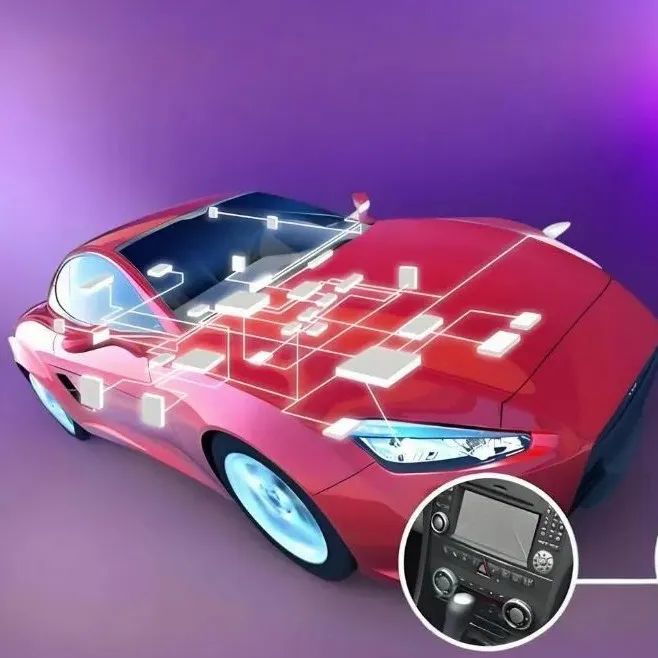
This is the 142nd issue shared by the platform.

With the development of ADAS, the usage of automotive cameras has shown exponential growth. According to statistics, the global shipment of automotive lenses reached 260 million units in 2023. It is estimated that the shipment will reach 340 million and 420 million units in the next two years, respectively.
In the current market of ADAS with over 4 million pixels and 360-degree panoramic cameras, ADI completely monopolizes the market. ADI also fully dominates the market of 360-degree panoramic cameras with less than 4 million pixels. Among them, one of the most widely used serializers by ADI is the MAX96717 series.
Now, automotive manufacturers led by Tesla are adding 8 to 14 cameras in a single vehicle, with the side-view cameras typically using the AR0233AT + MAX96717F architecture scheme.
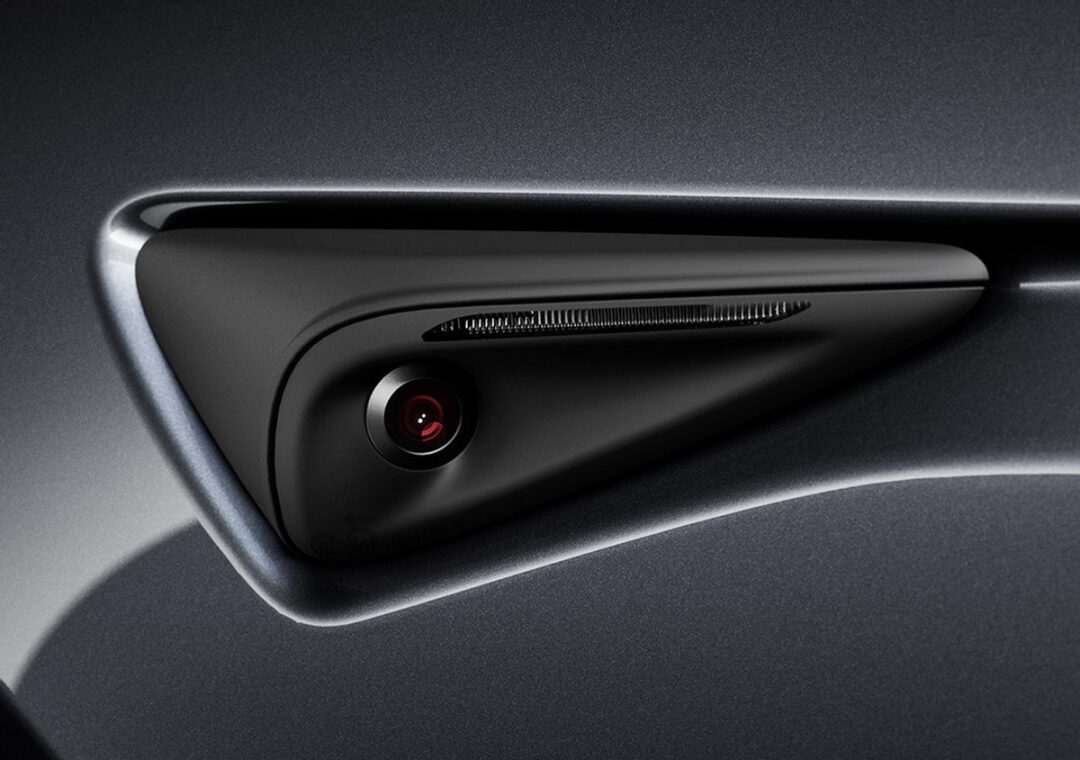
Tesla side-view camera (Image source: Internet)
DJI is a well-known drone brand. With the development of the smart driving market, DJI leveraged its technological advantages in drones and entered the smart driving field in 2016. Subsequently, it launched the Baojun KiWi EV DJI version in collaboration with Wuling.
This model is equipped with the “Lingxi Smart Driving System,” which integrates core hardware such as stereo vision dual cameras and high-definition surround cameras. DJI also uses the MAX96717F chip in the front dual cameras of this vehicle.

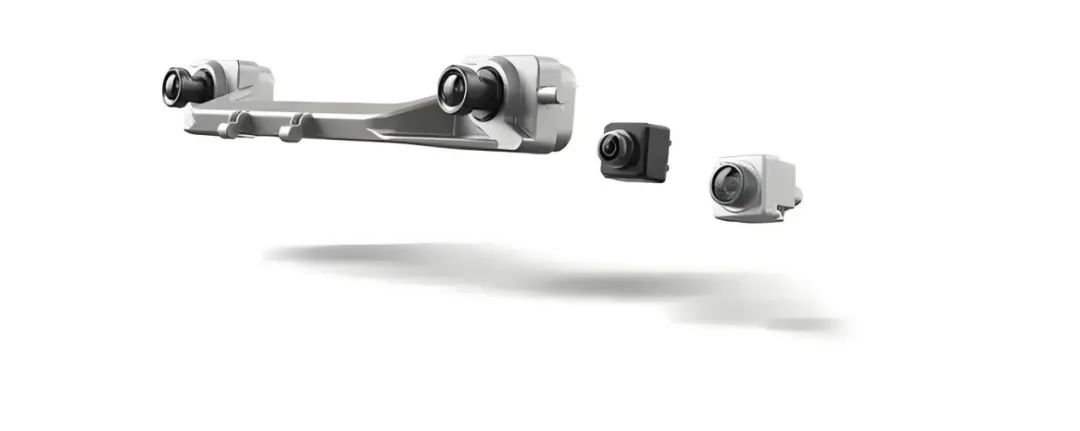
Front dual camera of Baojun KiWi EV DJI version (Image source: Internet)
Next, I will introduce this serializer designed by ADI for transmitting high-resolution video and bidirectional control data in automotive environments—the MAX96717F.
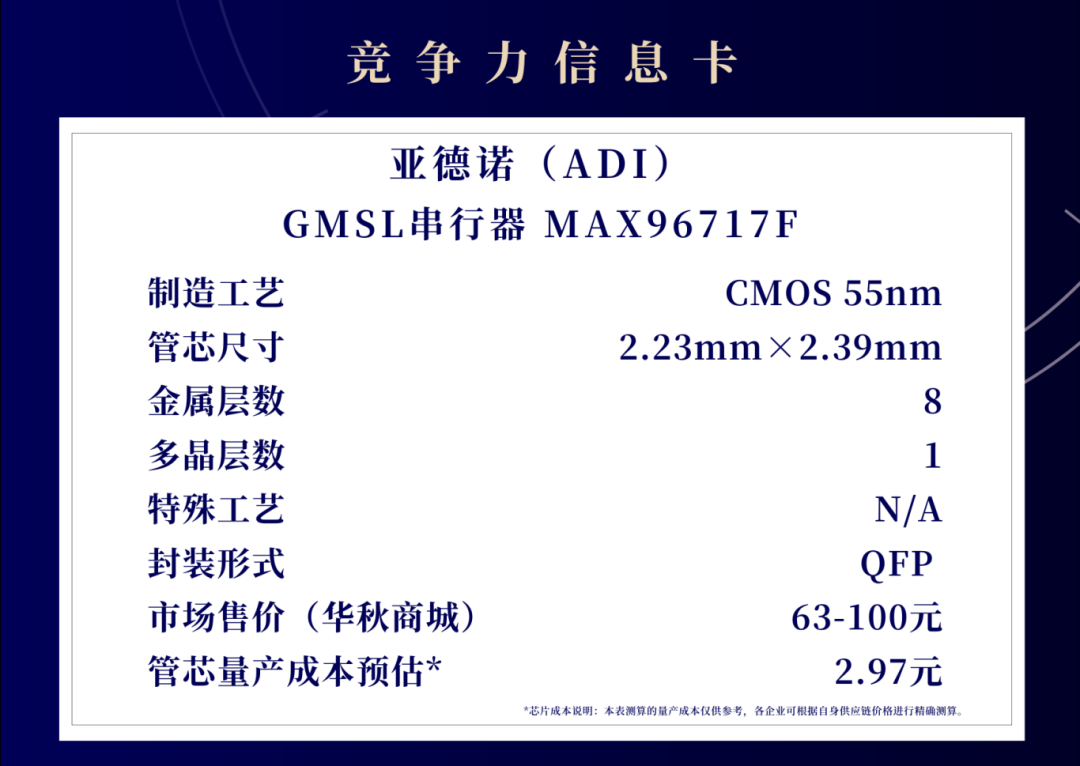

In order to meet the demands of automotive manufacturers for high-speed, high-quality video and data transmission, the Gigabit Multimedia Serial Link (GMSL™) technology pioneered by ADI has emerged.
GMSL is a type of Serdes, which stands for Serializer/Deserializer. Since the release of the first generation of GMSL technology in 2008, significant progress has been made in data transmission rate, transmission stability, and interface compatibility.
The MAX96717 series consists of the MAX96717, MAX96717F, and MAX96717R. The MAX96717 is a fully functional device. The F version omits the 6Gbps mode, and the R version also does not include some features, including the 6Gbps mode.


Comparison table of the MAX96717 series products (Image source: ADI official website)
This series uses the second-generation GMSL technology, with a data rate increased to 6 Gbps, and supports more standard video interfaces. It can support 1080p full HD video streams and transmit images with a resolution of up to 8MP, widely used in Advanced Driver Assistance Systems (ADAS).
Advanced Driver Assistance Systems (ADAS) utilize sensors to sense the surrounding environment during vehicle operation, collect data, identify, detect, and track static and dynamic objects, and combine with navigation map data for systematic computation and analysis, effectively increasing the comfort and safety of driving.
By comparing the overview diagrams of the MAX96717 and MAX96717F, we can see that both chips use the same die.

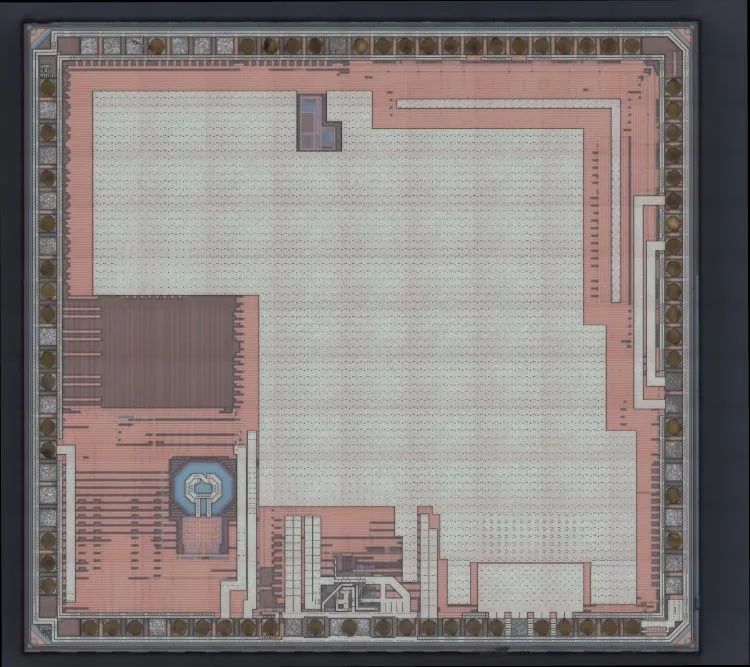
Overview diagram of MAX96717F (Image source: IPBrain platform)

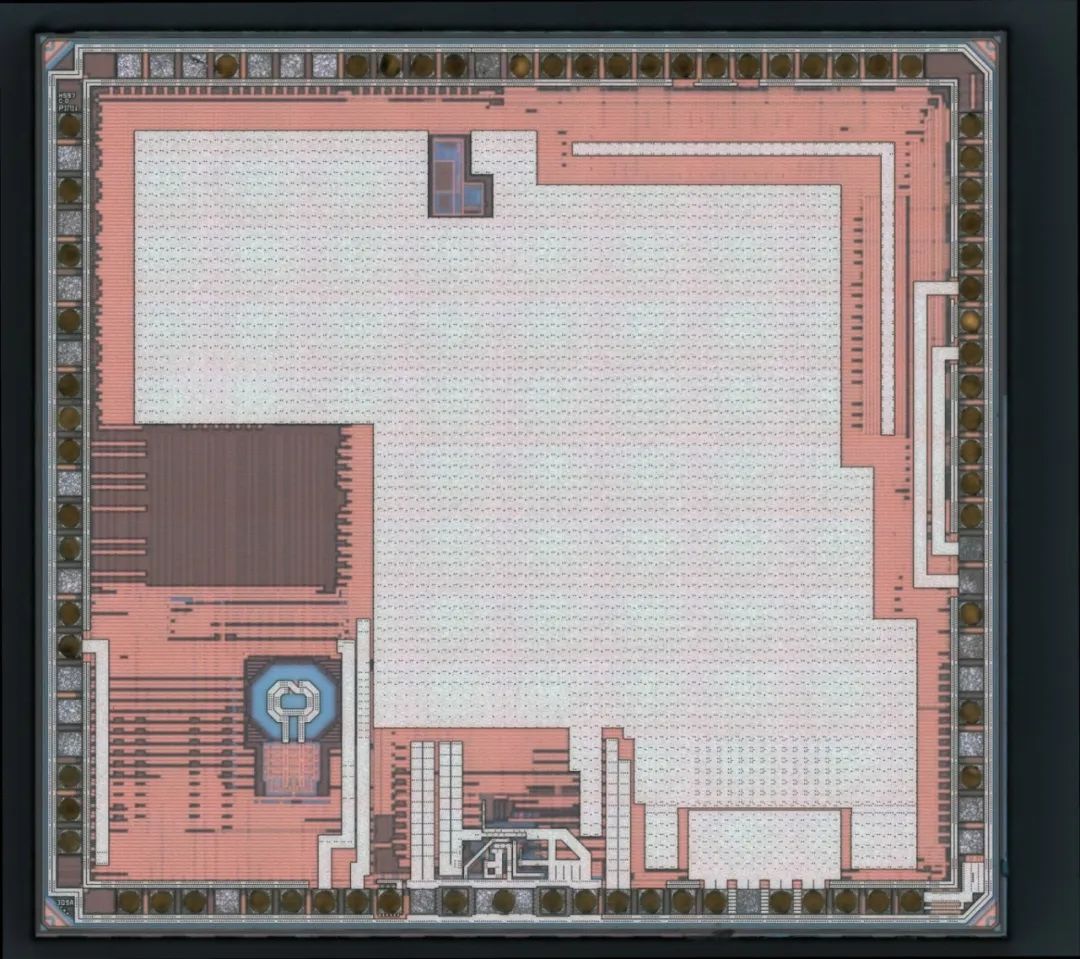
Overview diagram of MAX96717 (Image source: IPBrain platform)
Returning to the MAX96717F, this device can operate stably within the automotive temperature range of -40°C to +105°C and complies with AEC-Q100 Grade 2 standards. The compatible cable types can be coaxial cables or shielded twisted pairs. It supports 16 virtual channels and various data formats.
Additionally, it is equipped with an advanced MIPI D-PHY v1.2 receiver, with speeds of up to 104Mbps to 2.5Gbps per lane, and a MIPI C-PHY v1.0 receiver with a speed of 182Mbps.

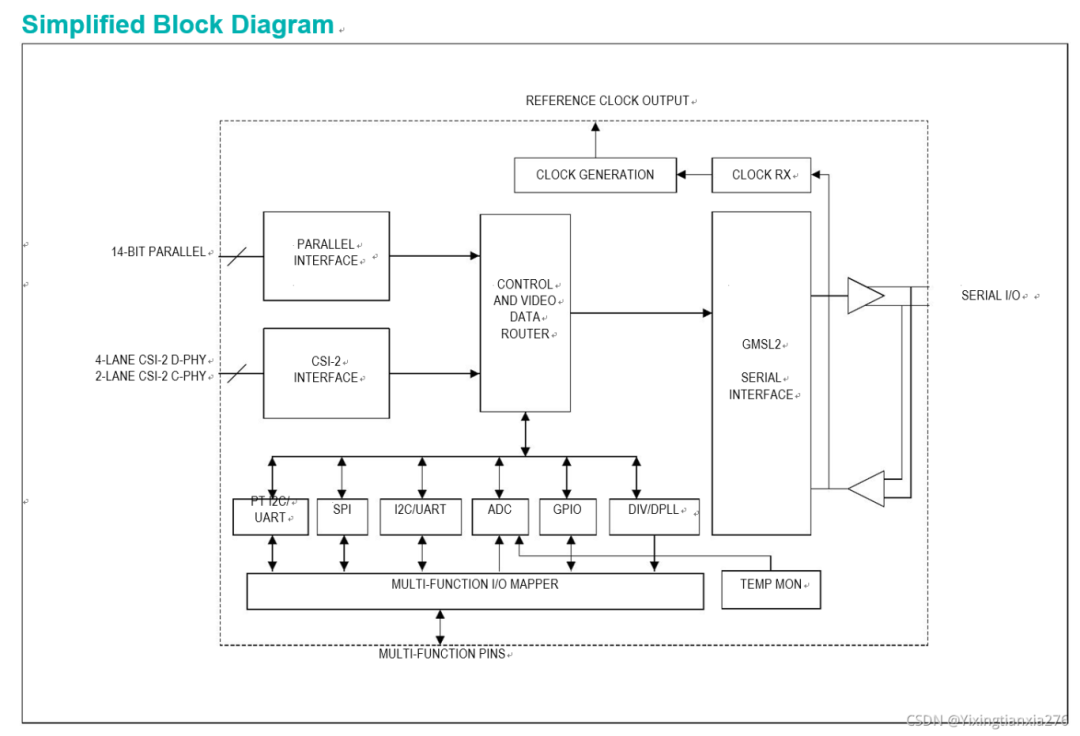
Functional block diagram (Image source: official website)
The main function of MAX96717F is to convert parallel MIPI CSI-2 or LVDS video data into a single-link GMSL2 serial format data.
As shown in the diagram, MAX96717F only supports one video data input with 4 lanes of D-PHY or 2 lanes of C-PHY, ultimately converting to one Serial I/O output.
MAX96717F provides reliable data transmission solutions for advanced driver assistance systems and high-definition camera systems in the automotive field through its high-performance communication interface and advanced data protection mechanisms.

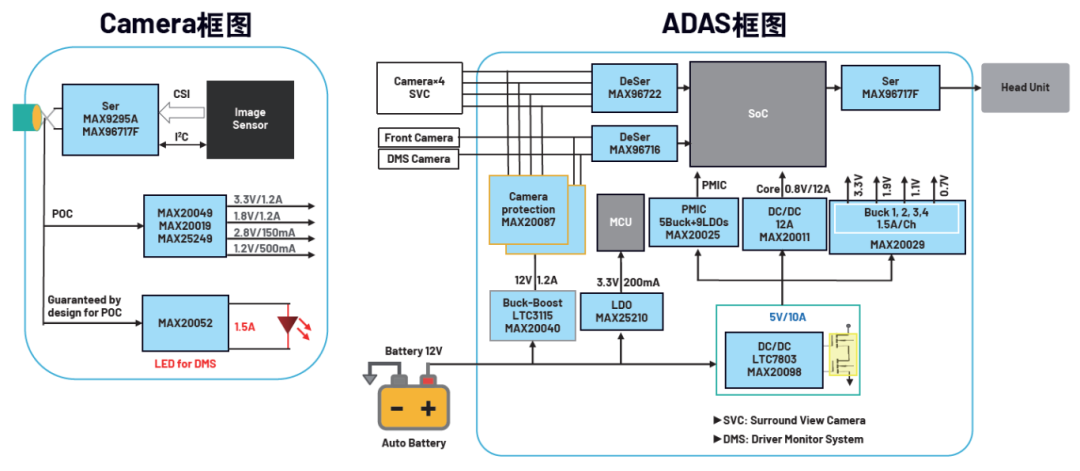
ADAS Domain Control L2+ Application Solutions (Image source: Internet)
In terms of applications, MAX96717F is widely used in ADAS systems, including satellite LiDAR and RADAR systems, to achieve safer driving. It is also used in front-view camera systems, surround view systems, and driver monitoring systems to provide comprehensive visual information.
Additionally, it is suitable for rear-view cameras and multi-camera synchronization systems, meeting the synchronization transmission needs of multi-angle and multi-camera data in vehicles. MAX96717F is a key component for high-definition video transmission in automotive electronics, providing strong support for various smart driving applications.
Below, I will share some detailed images of this chip.


Resistor device detail image (Image source: IPBrain platform)

Capacitor device detail image (Image source: IPBrain platform)
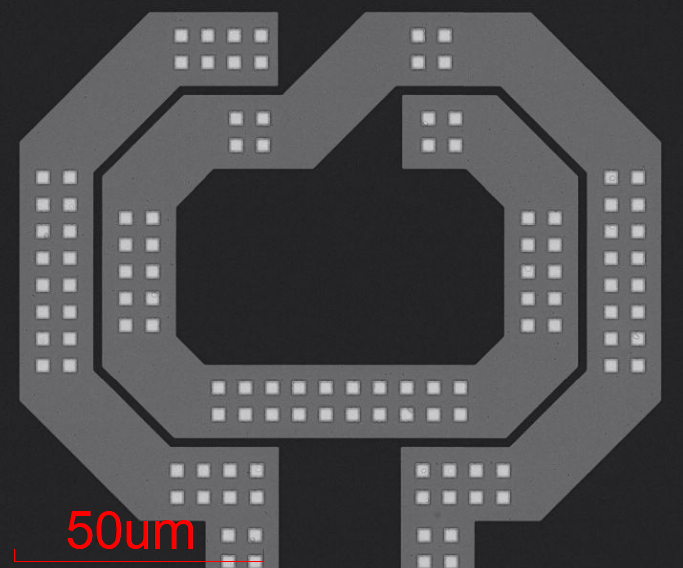
Inductor device detail image (Image source: IPBrain platform)
For those who want to know more about this chip, you can contact [email protected] or call 010-62901860-639/609/611 for details.
More exclusive information is available on the IPBrain integrated circuit big data platform. If you are interested in more popular chip information in the market, you can click “Read the original text” to visit the IPBrain website for inquiries.


About IPBrain Platform
IPBrain integrated circuit big data platform belongs to Beijing Chip Vision Company. The IPBrain platform provides advanced chip technology information, patent information, market dynamics, etc., for semiconductor industry customers. The most advanced processes that the platform can analyze have reached 3nm, with the maximum scale of a single project exceeding 10 billion transistors and the maximum number of metal layers reaching 20 layers. Currently, the platform has accumulated over 13000 reports.
Welcome to follow the IPBrain platform’s public account and website: https://www.ipbrain.com.cn, to keep abreast of technological trends and market information, accurately develop without detours, and achieve product success faster.


Previous Highlights
Economical and Efficient Synchronous Buck Converter, Texas Instruments’ Excellent Product–LM5164
2024-12-26
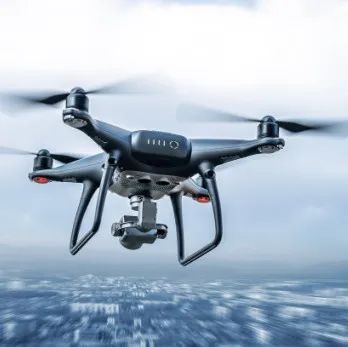
95% Efficiency + 12-Phase Stability, Over 90% Gross Margin of Analog Devices’ Dual-Channel DC/DC Controller LTC3855
2024-12-24
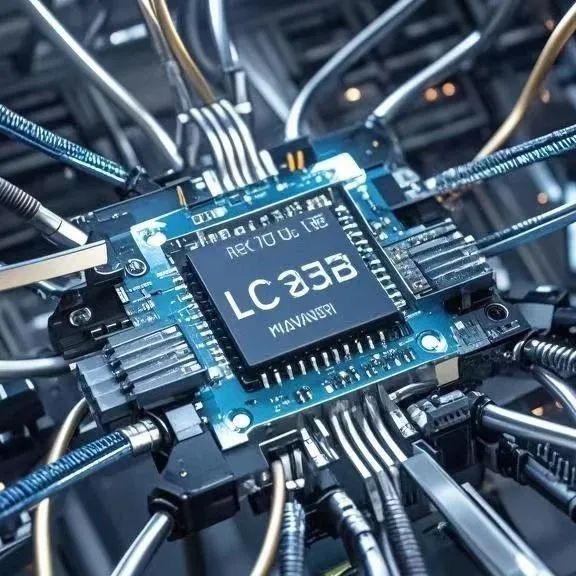
Precision Navigation Chip for Robot Joints: The Outstanding Performance of Analog Devices AD2S1210 Decoder
2024-12-24

Over 40 CAN Nodes Per Vehicle, NXP’s Cost-Effective CAN Transceiver TJA1043 Advantages Analysis
2024-12-20

The Anchor for Automotive Sunroofs and Sliding Door Solutions—The Magnetic Sensing Pioneer in Industrial and Automotive Fields: Unipolar Hall Sensor HAL1507
2024-12-18

Understanding Temperature and Humidity Sensor Chips (Including Introduction to a High-Precision Digital Temperature and Humidity Sensor)
2024-12-19
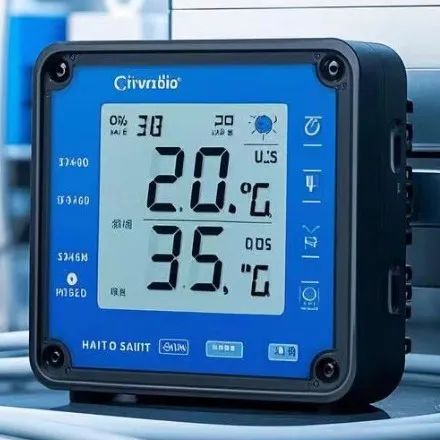
Aiming at the Wind Power Market with a Capacity of 100 Million Kilowatts: Texas Instruments’ 110V Active Clamp PWM Controller UCC2897A
2024-12-17

The “Super Hardcore” Automotive Grade CAN Transceiver, TCAN1044 V-Q1 Meets All Your Standby Wake-up Needs!
2024-12-16
